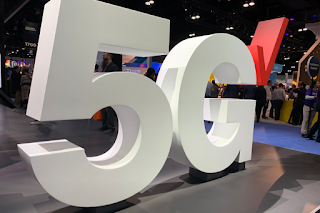Verizon has begun moving customer traffic onto its new cloud-native, containerized 5G core.
The Verizon Cloud Platform (VCP), on which the 5G core is built, is based on a Webscale software architecture with advanced technologies designed specifically for telco workloads. VCP is a distributed platform that supports edge services, private cloud services, Network Function Virtualization tools, Cloud Native Functions, Web applications, mapping and spatial analysis tools, orchestration tools, service assurance tools, auto-remediation, and compute offerings.
In addition to network slicing and dynamic resource allocation, Verizon cites the following benefits for its new 5G core:
- Real-time resource management of Radio Access Network and core virtual container-based network functions
- Advanced analytics of network data to improve network performance
- Optimized services between Verizon's fixed and mobile networks
- Scalable, more cost-efficient architecture
- Ability to move workloads to fit use case requirements
Veizon said this architecture will enable it to achieve new levels of operational automation and adaptability to create differentiated customer experiences. This directional technology platform that enables MEC will support stand alone, non-stand alone, and VoNR services.
“Our mission has always been to build and operate the best, most reliable, highest performing, and secure networks in the world,” said Adam Koeppe, Senior Vice President of Network Technology, Strategy, and Planning at Verizon. “The 5G Core is a critical step in achieving our goal. From the densification and virtualization work in the Radio Access Network, to the architectural design changes in the core of the network developed specifically for telco workloads, we are working to ensure customers not only have access to 5G, but have the most advanced, secure, and robust network to support the remarkable new solutions being developed on 5G technology.”
“Bringing traffic onto the newly designed core coincides with the ecosystem development around us. With a critical number of customers now having devices that can access the advanced features of the 5G core and the solutions and applications development – especially for enterprise customers – really taking off, now is the ideal time to move traffic onto the new core,” said Koeppe.
https://www.verizon.com/about/news/verizon-moves-commercial-traffic-5g-core
Verizon has deployed 8,000 virtualized cell sites

Verizon upgrades its core network for 400G with Juniper's PTX series











